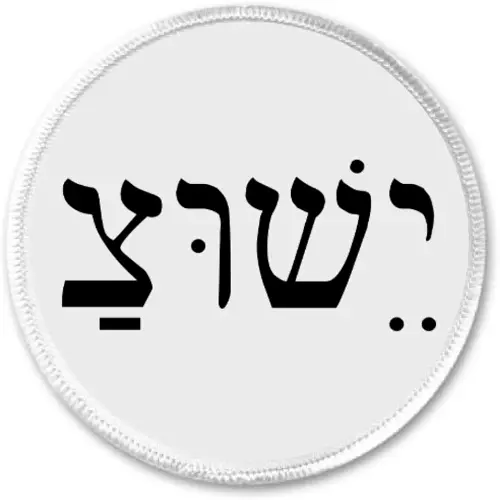Contents
show
Play from Facebook shorts: here and HERE
Calling on the return to law and order.
The shofar (ram’s horn) is one of the most powerful and ancient instruments in Jewish tradition. It is especially associated with Rosh Hashanah (the Jewish New Year) and Yom Kippur, but it has deeper layers of meaning, both spiritual and communal. Let me break it down for you:
Benefits of Shofar Blowing
- Spiritual Awakening
The shofar serves as a spiritual alarm clock. Maimonides (Rambam) wrote that its message is: “Awake, you sleepers, from your slumber, and return to God in repentance.” It stirs the heart and calls for introspection. - Repentance and Renewal
Hearing the shofar inspires teshuvah (repentance). It is meant to shake one out of complacency, reminding us of our higher purpose and helping reset our spiritual direction. - Connection to Sinai
The shofar recalls the great blast at Mount Sinai when God gave the Torah (Exodus 19:16). Listening to it reconnects Jews to that covenant moment and renews the commitment to Torah. - Remembrance and Hope
It is linked to the Akeidah (Binding of Isaac), where a ram was sacrificed in Isaac’s place (Genesis 22). The ram’s horn becomes a symbol of God’s mercy, redemption, and ultimate salvation. - Spiritual Protection
Some sources describe the shofar as a weapon against spiritual negativity, echoing its use in the conquest of Jericho (Joshua 6). It represents breaking down inner walls and barriers. - Communal Unity
The sound unites everyone in the synagogue—rich, poor, learned, or simple—in the same sacred experience. It is a collective reminder of shared destiny.
Jewish Customs of Shofar Blowing
- Rosh Hashanah
- The main mitzvah is to hear the shofar, not to blow it.
- There are three primary sounds:
- Tekiah: a long, solid blast.
- Shevarim: three broken sounds, like sighs.
- Teruah: nine or more very short notes, like sobs.
- Traditionally, 100 blasts are sounded over the course of Rosh Hashanah services.
- Month of Elul
- The shofar is blown daily (except Shabbat) leading up to Rosh Hashanah, as preparation for the Days of Awe. This custom is meant to inspire repentance.
- Yom Kippur
- At the very end of Yom Kippur, a long Tekiah Gedolah (“great blast”) is sounded, symbolizing release, forgiveness, and hope for redemption.
- Other Customs
- During fast days: In Temple times, shofars were blown on communal fasts to awaken the people.
- Symbol of Redemption: Prophets (like Isaiah 27:13) describe a “great shofar” that will be blown to herald the ingathering of exiles and the coming of Messiah.
Mystical Dimensions (Kabbalah & Chassidut)
- The shofar’s cry is considered “beyond words.” It is raw, primal, and pure—a direct communication between the soul and God.
- The blasts are said to sweeten divine judgment and open heavenly gates of mercy.
- In Chassidic thought, the sound reflects the soul’s inner yearning to reunite with its Source.
✅ In summary: The shofar is not just a ritual instrument—it’s a spiritual tool of awakening, cleansing, and hope. It bridges personal introspection, communal unity, and the eternal covenant between Israel and God.
Discover more from Master Yahuah Messiah
Subscribe to get the latest posts sent to your email.
